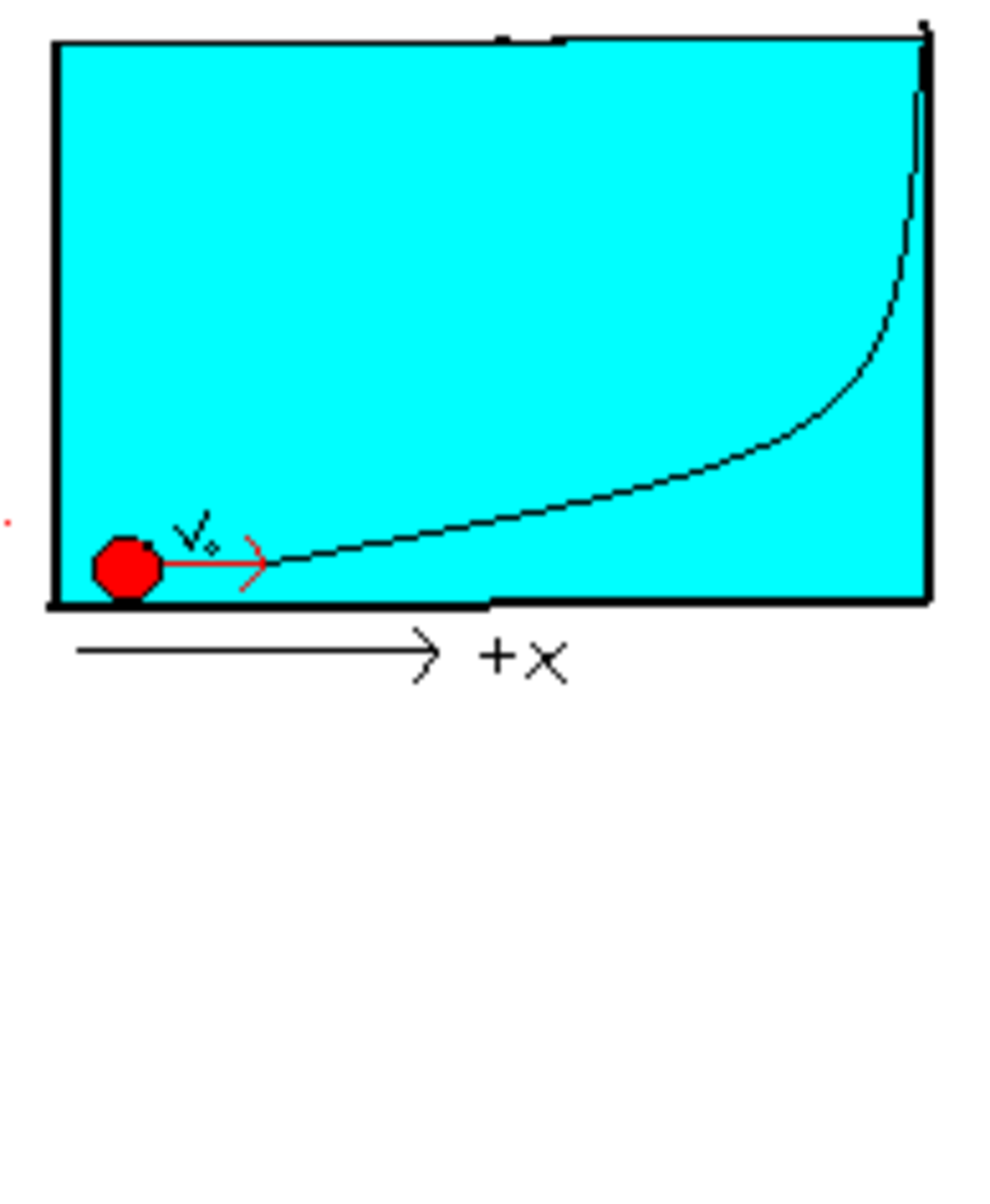Viscous Trajectory

This problem was asked to a friend of mine in the KVPY interview. He was asked to describe the motion qualitatively. I wanted to analyze it quantitatively.
A solid wooden sphere with density less than water is released with a speed v in water, along the positive axis, at the origin.
Find its maximum coordinate (in meters)
Details and assumptions
- Stoke's law is applicable.
- The tank is very wide and very deep, so that the sphere loses all horizontal velocity before breaching the surface.
- Mass of the sphere = .
- Initial speed = .
- Radius of sphere = .
- Coefficient of viscosity = 1.
The answer is 2.0.
This section requires Javascript.
You are seeing this because something didn't load right. We suggest you, (a) try
refreshing the page, (b) enabling javascript if it is disabled on your browser and,
finally, (c)
loading the
non-javascript version of this page
. We're sorry about the hassle.
6 π nrv = mv d x d v
6 π n r × d x = m × d v
solving the differential we get m ( v − v ′ ) = 6 ( π nrx ) {1}
Here:
you will get answer 2